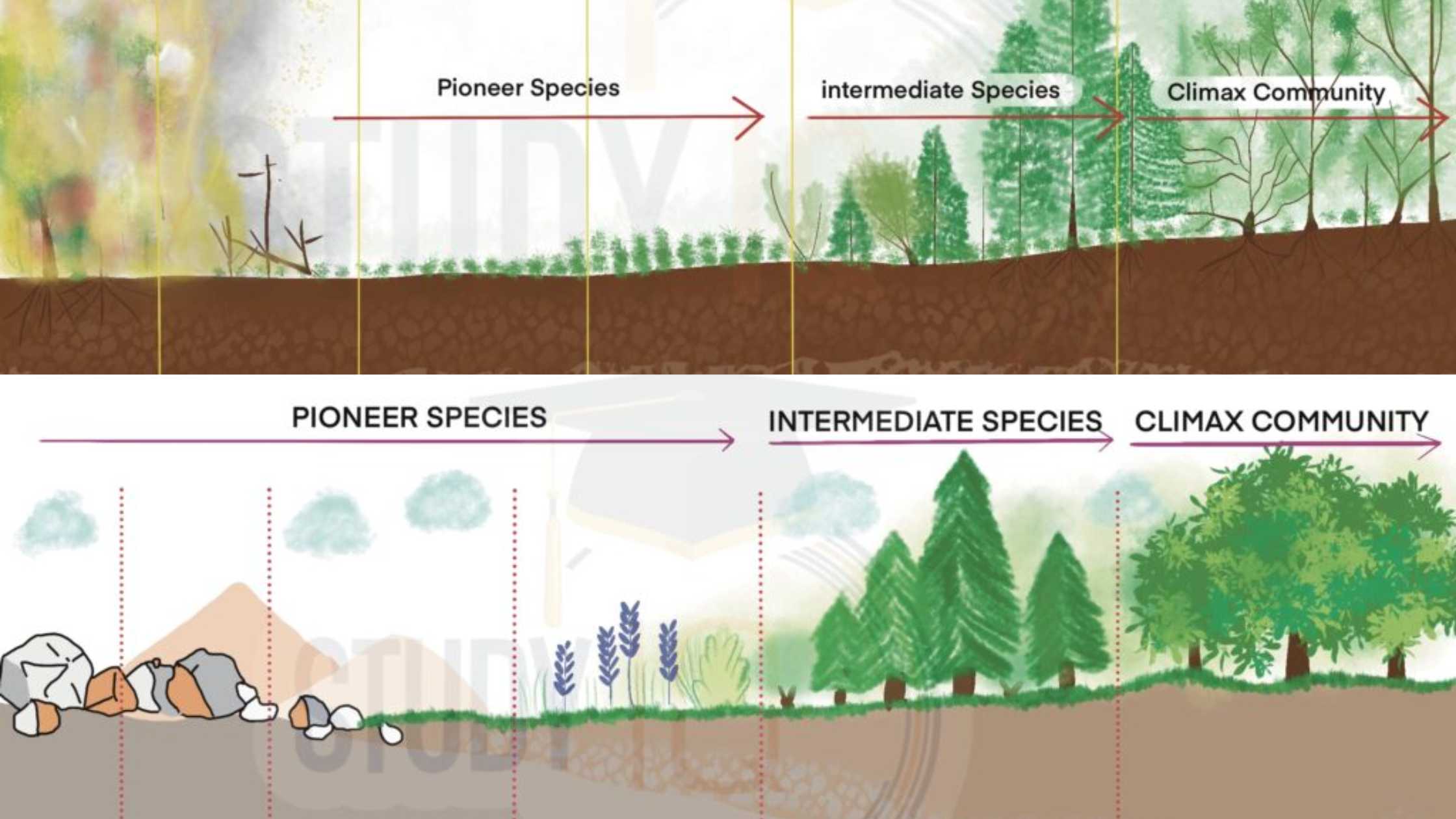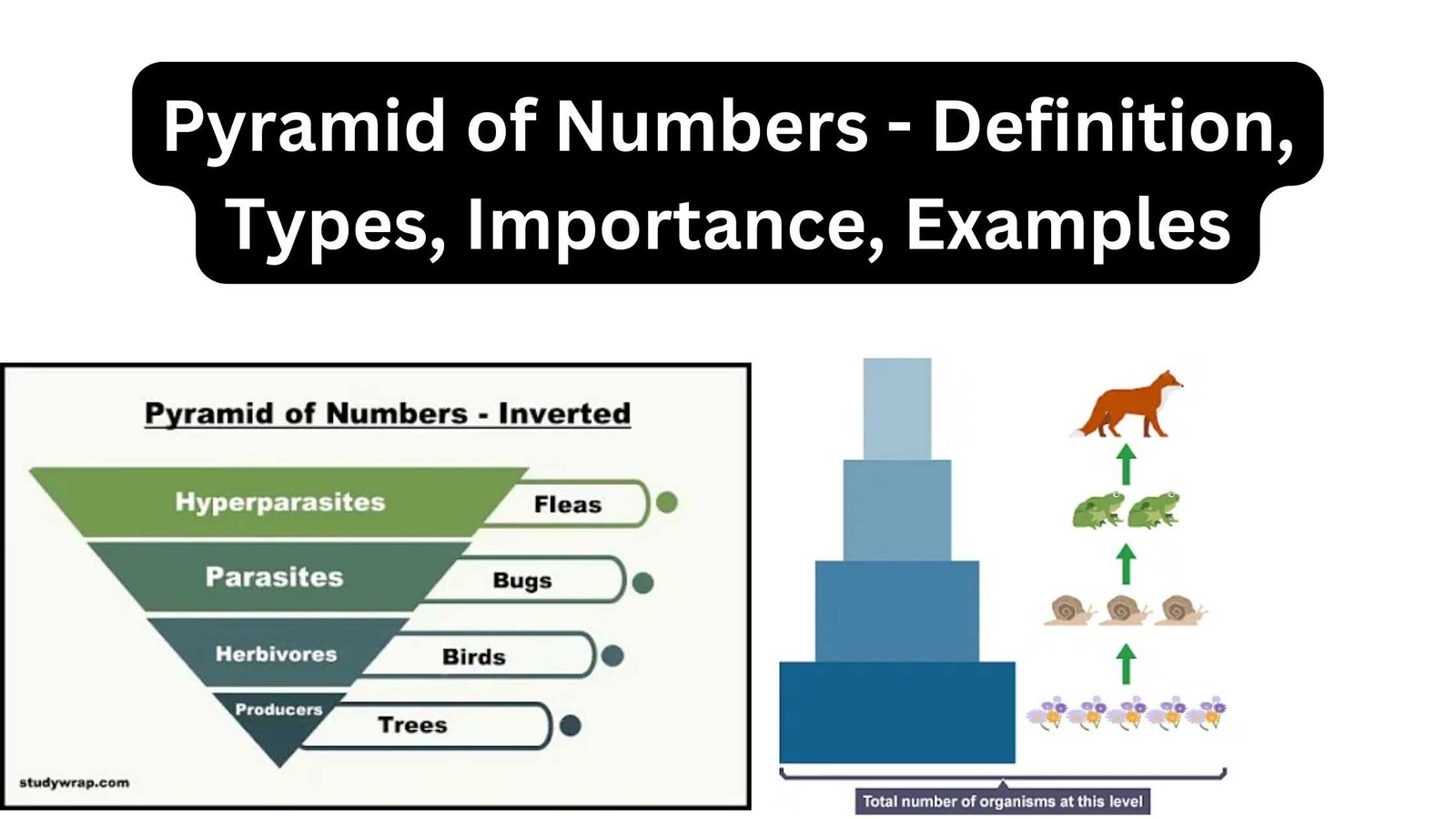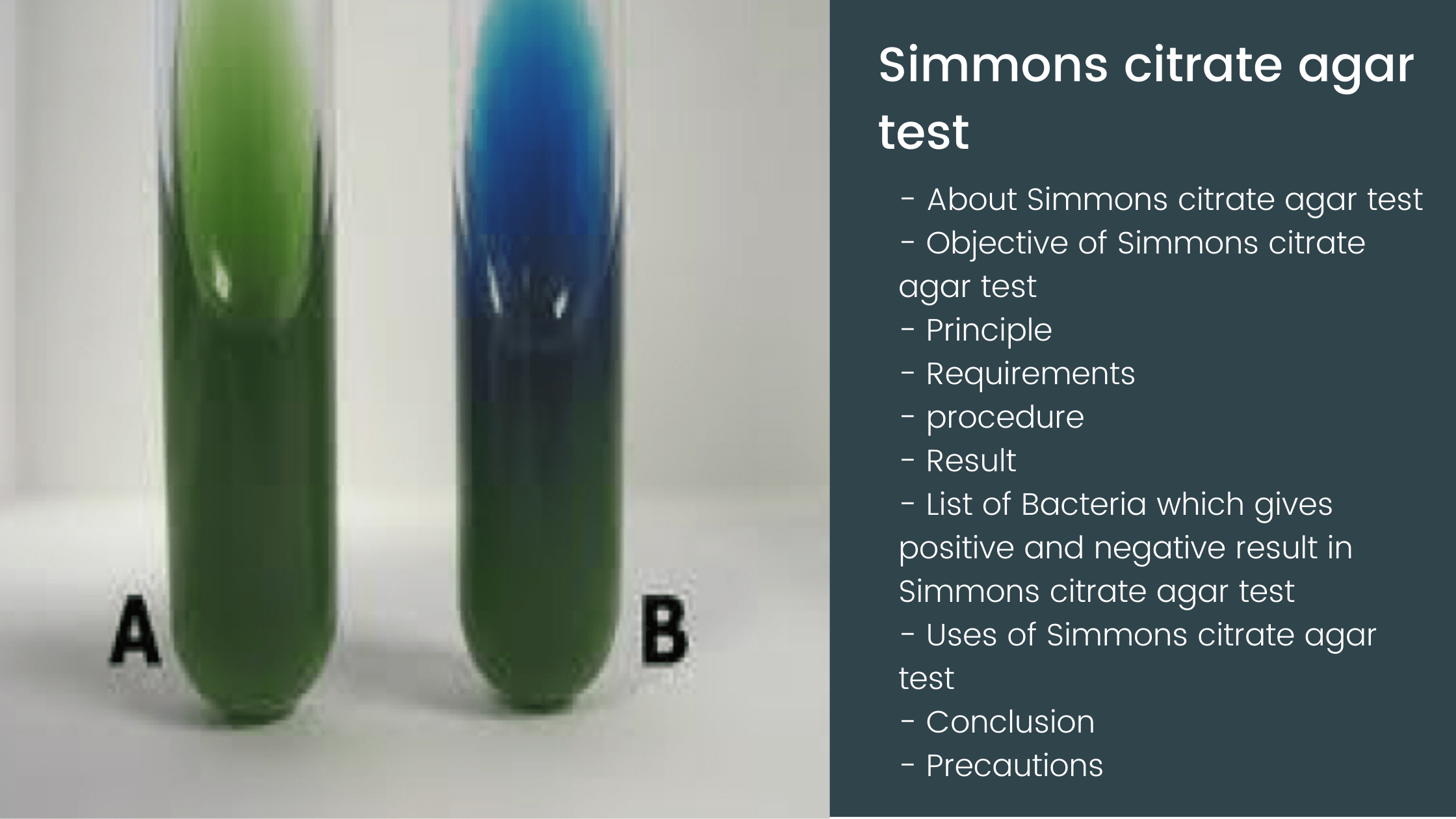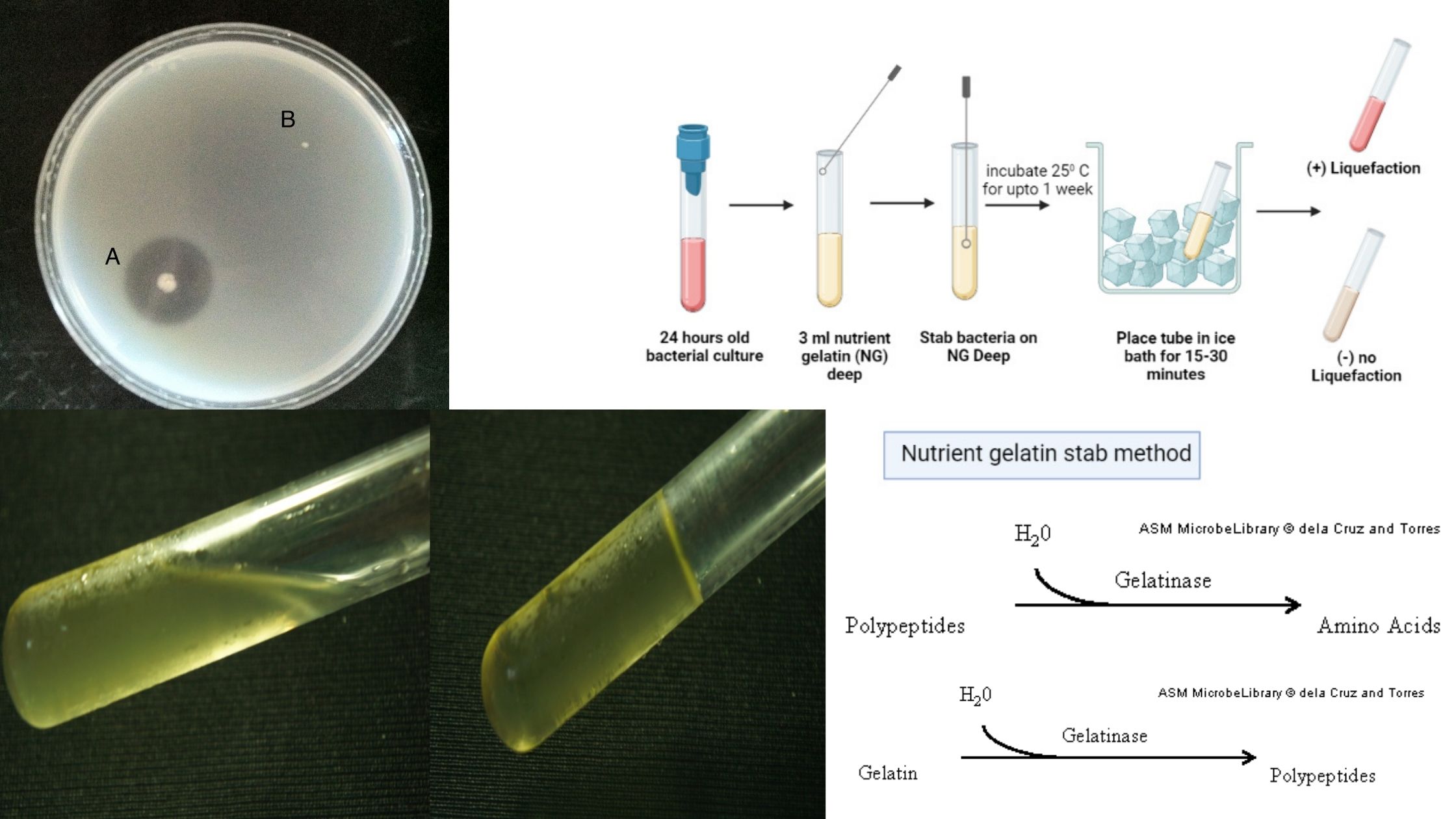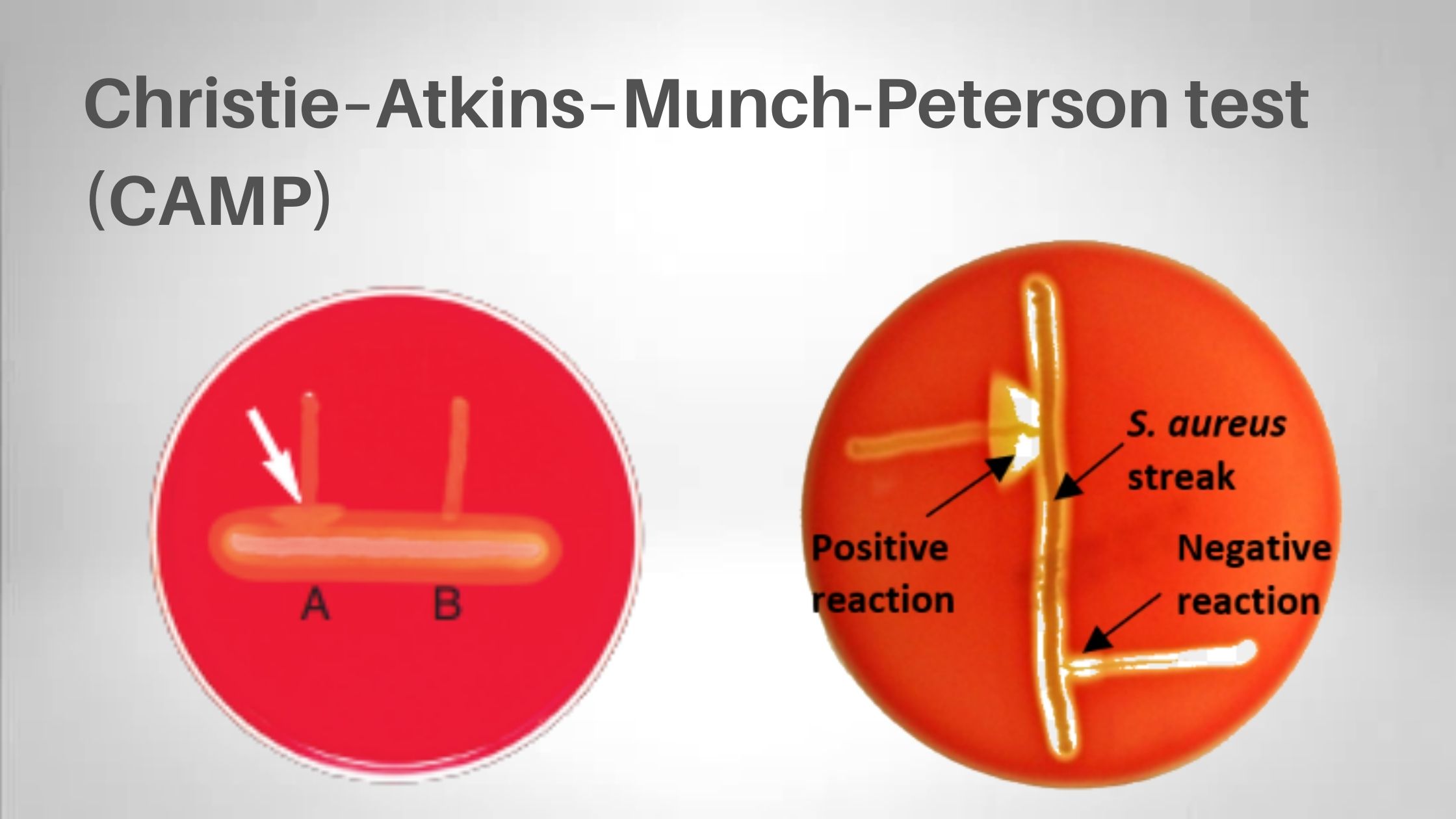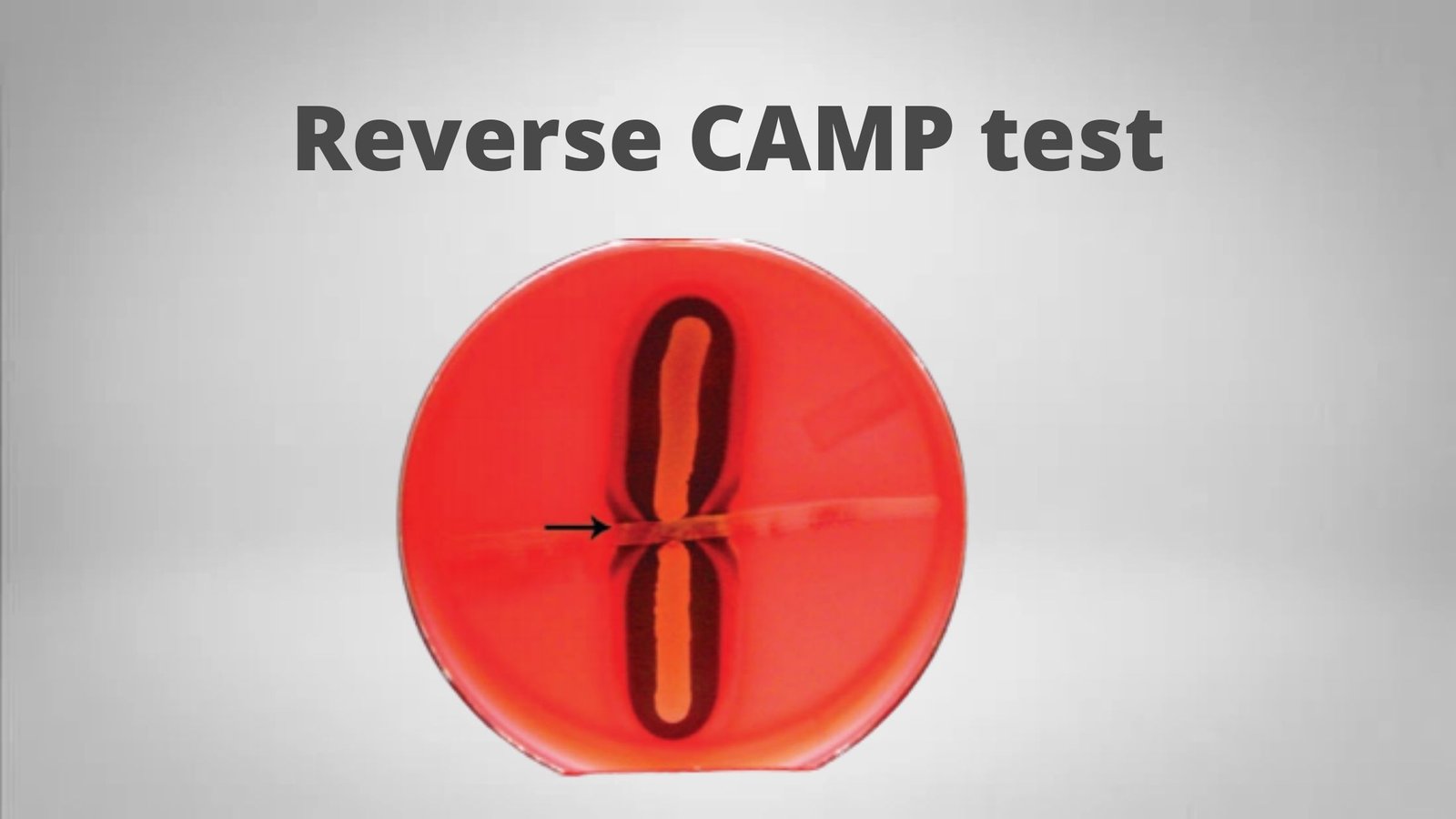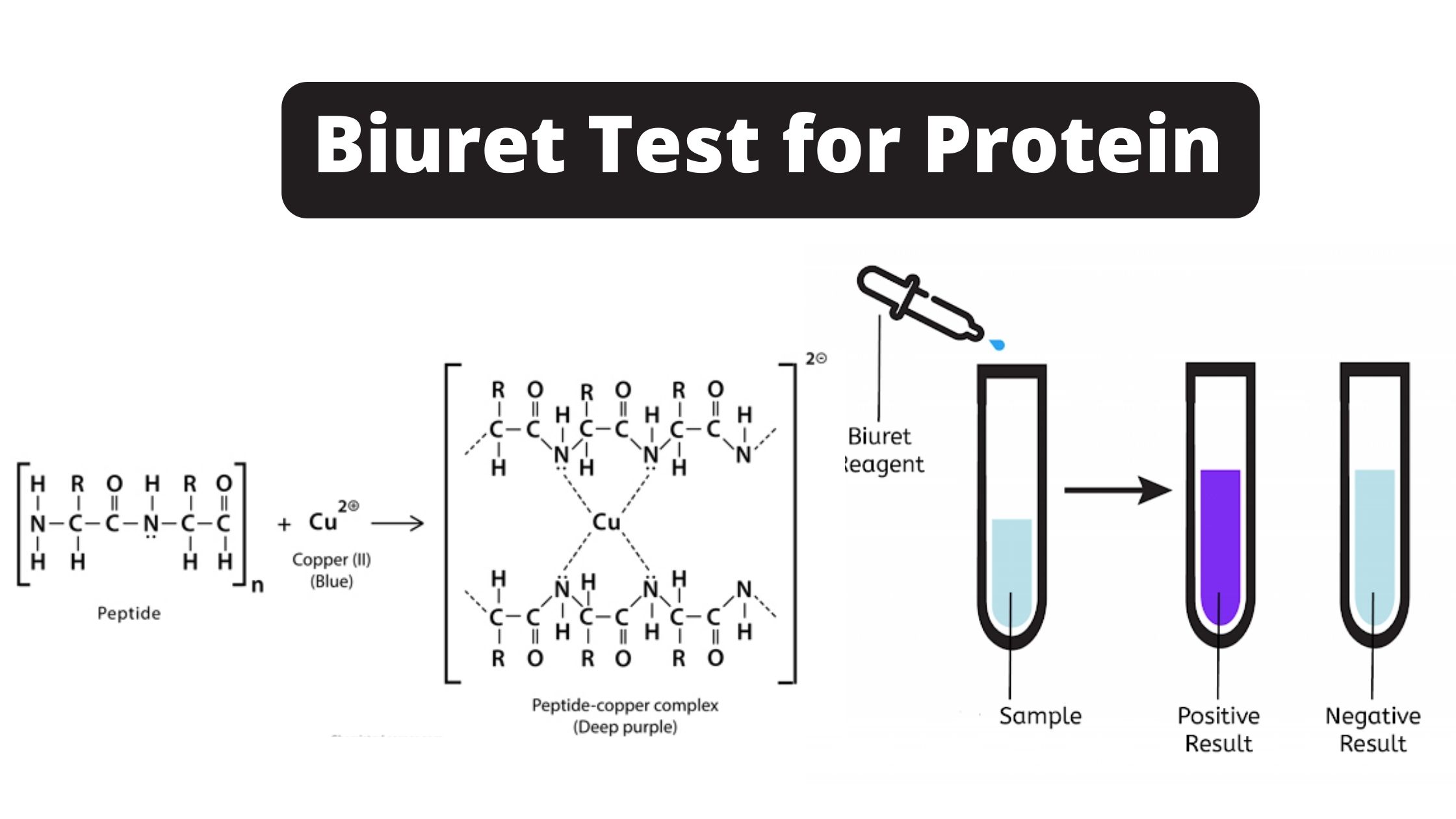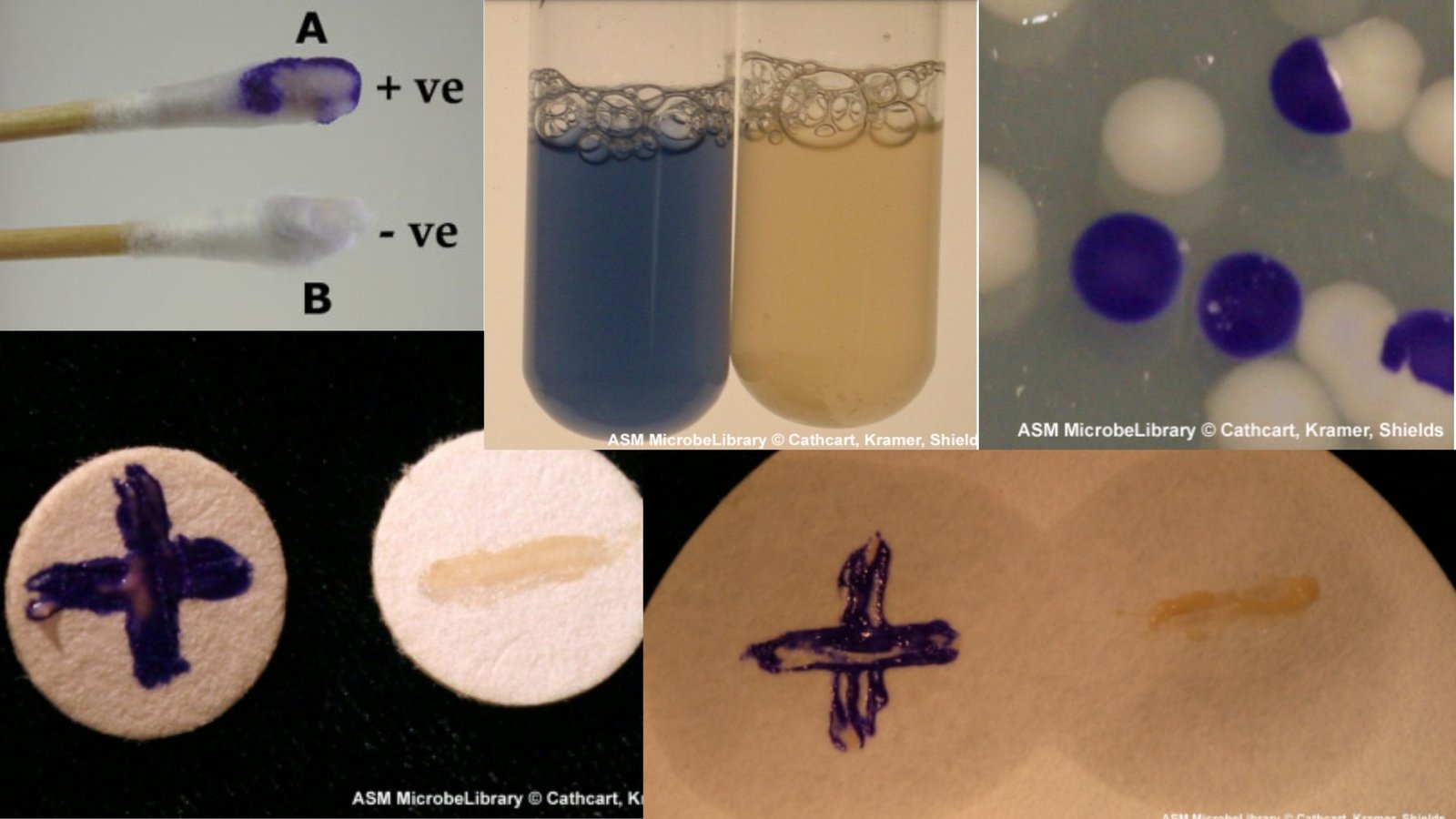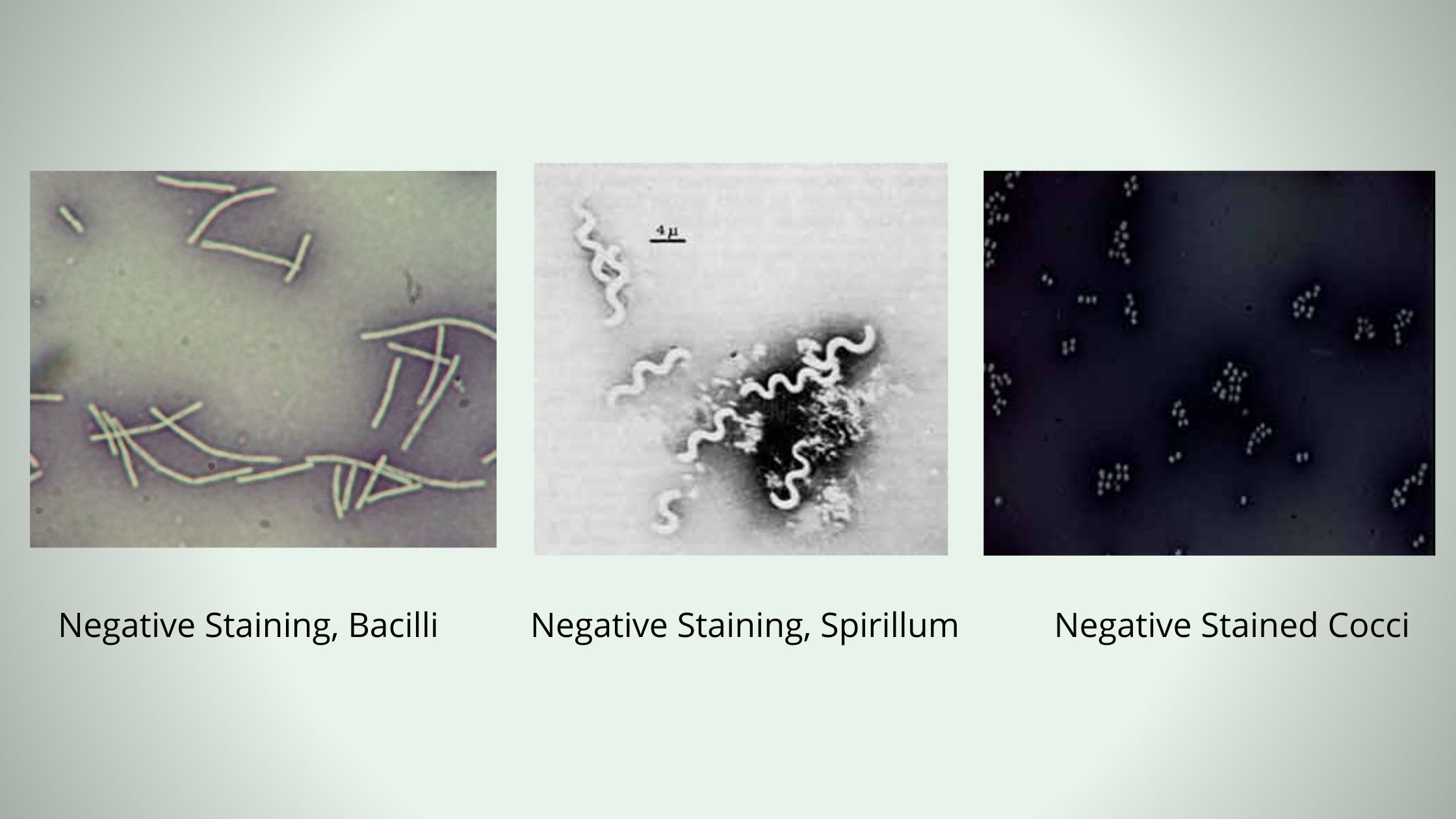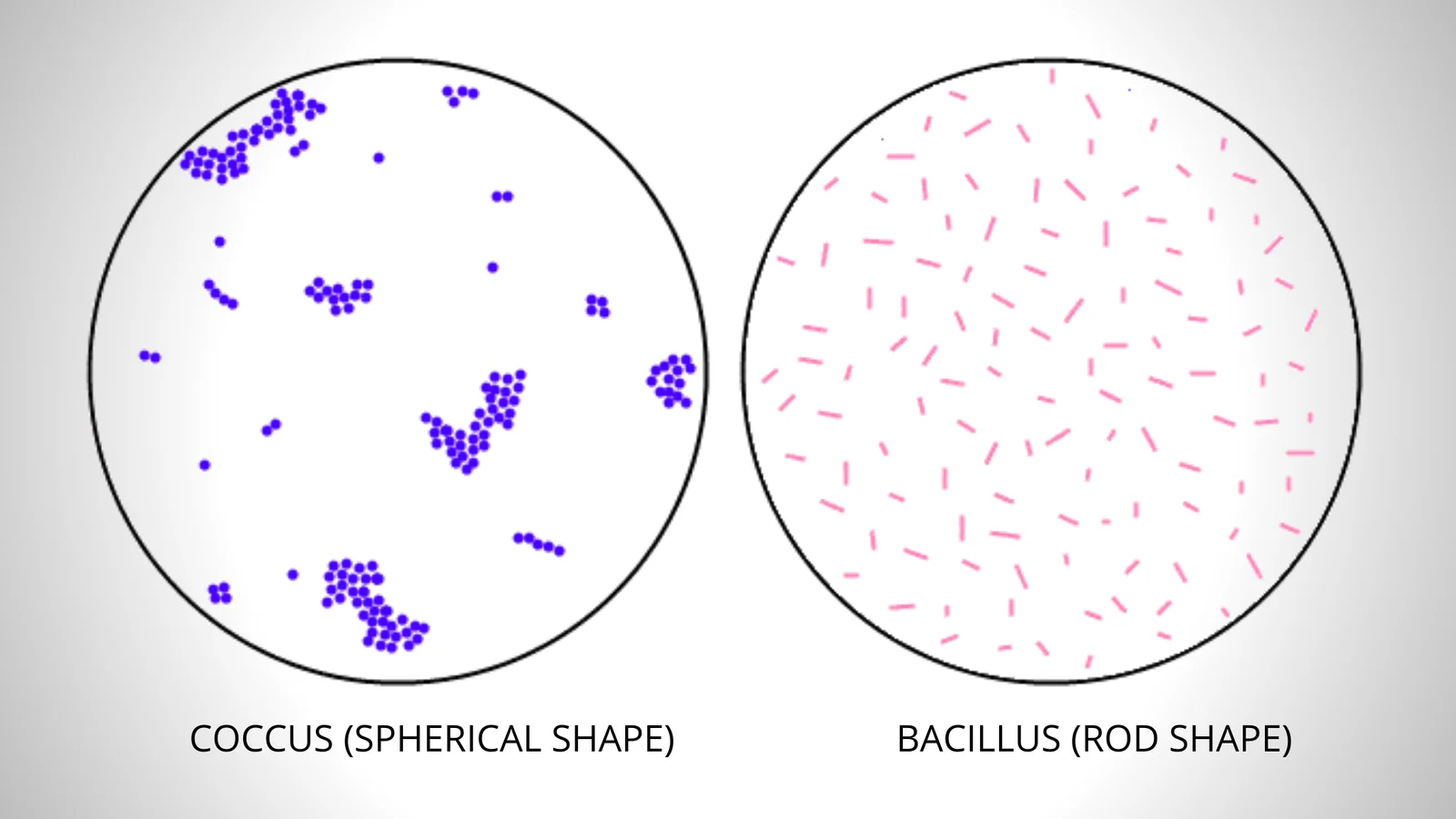Ecological Succession – Definition, Types, Mechanism, Examples
What is Ecological Succession? Ecological Succession Definition Ecological succession is the systematic and predictable process by which species composition in an ecosystem changes over time, progressing from initial colonization to a mature and stable community. Characteristics of Ecological Succession Ecological succession is a fundamental concept in the realm of ecology, delineating the sequential transformation of … Read more
